When you’re suffering confusing symptoms, you want to know what’s going on. An accurate diagnosis is critical to receiving the right treatment. So, how do doctors reach a diagnosis? It turns out there may be several specialists involved in figuring out what ails you.
Table of Contents
The Diagnostic Interview
After your doctor reviews your medical history, the first thing she will do is ask you to describe your symptoms. Then, your physician will perform a physical exam and note anything that seems abnormal or concerning.
The next step is to make what’s called a “differential diagnosis.” Although your doctor may have a strong inkling about what is causing your symptoms, there are some symptoms that are common to many different conditions. The doctor will make a list of those possible causes.
The exception is when a doctor has extensive experience with a condition, and diagnoses it via “pattern recognition.” An example is when a gynecologist has seen the markers of a yeast infection over and over and can recommend an immediate course of action. The danger with pattern recognition is overconfidence. Your complaint may look like a common condition, but indicate another. The hypothesis should be confirmed with laboratory tests, if available.
Diagnostic Testing
When your doctor has developed a hypothesis of possible causes for your symptoms, she may order a variety of diagnostic tests. Depending on the type of tests ordered, additional specialists may be involved in interpreting the results.
For example, a radiologist may read x-rays and interpret MRI scans or other types of medical imaging. A pathologist may examine tissue samples under a microscope, possibly observing how samples react to various tests within a laboratory environment. Other laboratory specialists may analyze blood or other bodily fluids for markers of disease.
Recent developments in point of care testing (PoCT) permit technicians who may not have the advanced training of medical doctors to administer diagnostic tests using advanced microfluidic diagnostic devices. These provide rapid results that can guide treatment responses in emergencies. They are also useful where swift action is necessary to prevent a patient’s condition from deteriorating or to identify an infectious disease.
Consultation, Referral, and Treatment
When the doctor has a better idea of the nature of your ailment, she may begin treatment. With test results that suggest a rare or complex disease, you may be referred to a specialist for consultation.
Diagnosis doesn’t end when treatment begins. Sometimes, doctors reach a diagnosis in stages. You and your doctor work together to observe and report if treatment is working or not. Or test results may suggest something unexpected and unrecognized that changes your doctor’s diagnosis and treatment strategy. Your doctor may order additional tests and seek additional information from you and medical colleagues to refine the diagnosis.




